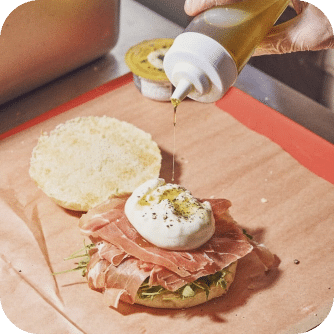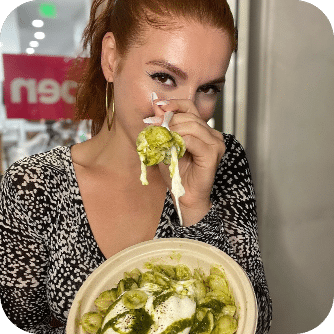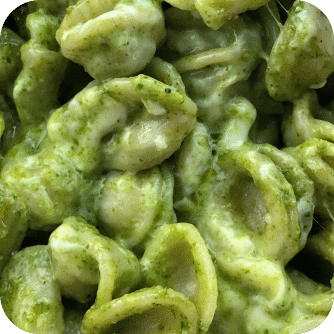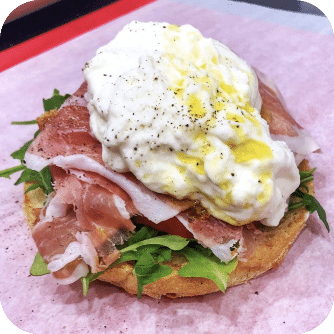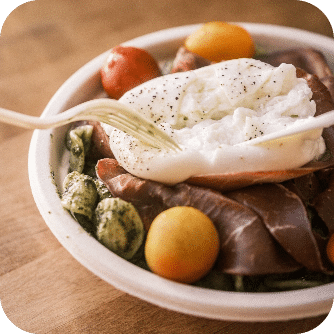
OUR STORY
THE BIRTH OF BURRATA HOUSETM
Francesco, Antonello and their team are a roving band of young and hungry explorers. Italian by birth, these restless Millennials were accustomed to traveling and life on the go, yet they would forever miss a taste of home. They yearned for the juicy tomatoes from the vecchietto up the street and the salumeria in the piazza with the smoothest prosciutto paired with the creamiest burrata.
Francesco and Antonello decided to launch an experiential concept combining time-tested traditions with a fast-paced new world to properly highlight the beauty of burrata cheese. They would bring the very things they missed to the new communities within they now lived, with the birth of Burrata HouseTM. Founded in 2019 as a restaurant featuring authentic, accessible to-go products, Burrata HouseTM has grown into a well-rounded Italian experience.

DELIVERING AN AUTHENTIC ITALIAN EXPERIENCE
Sourcing their artisanal ingredients locally and forming an iron-clad partnership with Mimmo’s Di Stefano cheese, Burrata HouseTM is the climax of a love story, where Burrata stands at the center, tying it all together. “It’s the right amount of texture, flavor, and creaminess to every single dish. It’s perfect,” says co-founder Antonello.
Elevated, but accessible. Decadent, yet healthy. The mission of Burrata HouseTM is to curate an Italian experience focused on authenticity, simplicity, portability and affordability. The iconic old-world taste comes through in every bite, but the aspirational Italian DNA of Burrata HouseTM is drenched in new-world attitude.

